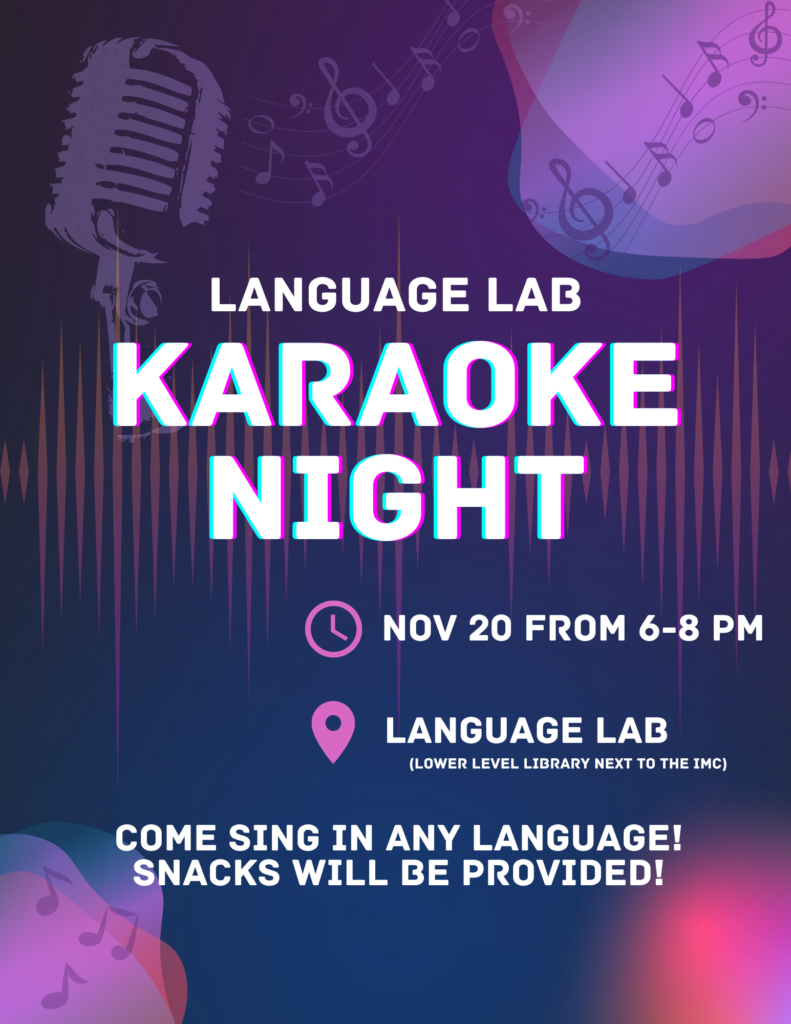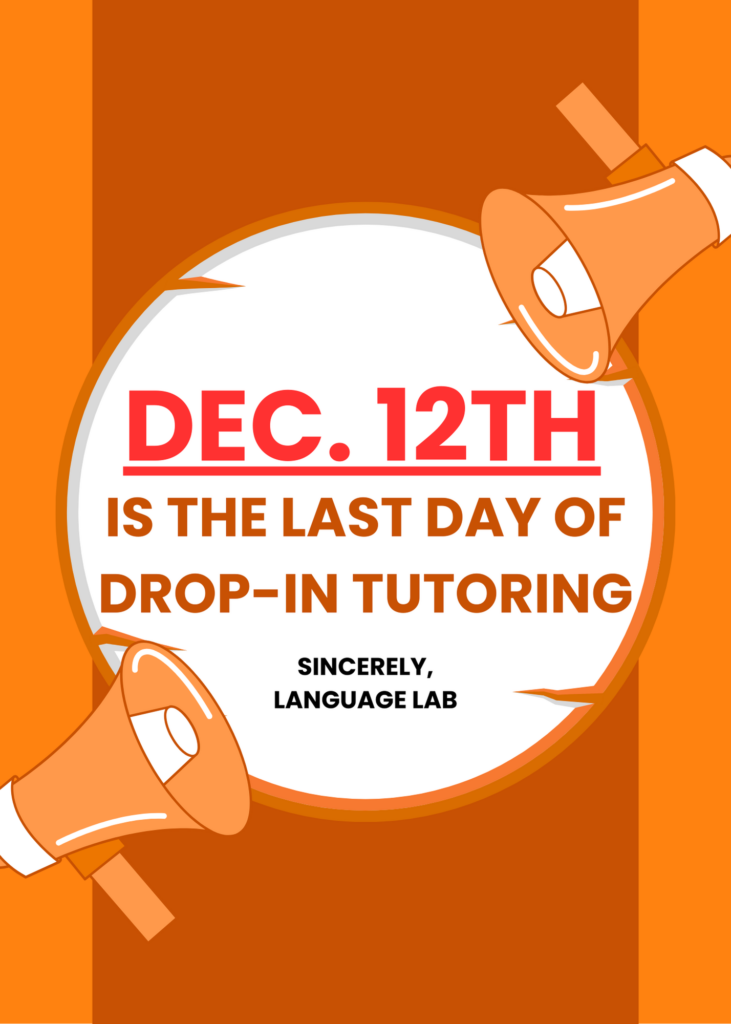I have a terrible habit of hoarding blank notebooks, fancy pens, and cute stickers. So instead of letting them continue to sit in my desk drawers forever, I decided to start a language journal! The concept is simple yet effective: try to use only your target language to fill up a journal! I’ve been writing entirely in Chinese, but this method works for any target language. Honestly, I find journaling to be challenging, but here are some tips (and prompts!) for you to begin and stay motivated to write your very own language journal!
Continue reading “Leilani’s tips for keeping a language journal!”Petit Poulet, Henry Hühnchen, Pollito Tito… also known as Chicken Little
THE SKY IS FALLING, and you can read that in three other languages on TheFableCottage.com. I discovered this website with a friend as we attempted to read bedtime stories in each other’s languages. TheFableCottage is a multilingual library of bedtime stories written in French, German, Spanish, and also Italian! Each story has a few features that make it really helpful for beginning students: audio recordings, captioned video animations, illustrations, and English translations if you get stuck. All of their free short stories can be found on each language’s respective website: TheFrenchExperiment.com, TheGermanProject.com, and TheSpanishExperiment.com. (Stories can also be accessed on TheFableCottage, but not all of them are free.) This is a great resource for beginner-level students, as the grammar and vocabulary are written using everyday and simple language. These stories expand upon the beginner-level language you’ve learned so far using a story you’re likely already familiar with. Having an additional resource like this can supplement what you learn in class and in your textbook by creating a new context where you use your target language. For example, you may have introduced a photo of your family to your 100-level class, but you can practice that same family vocabulary in the context of Goldilocks and the Three Bears. I found the short stories on TheFableCottage to be the perfect resource for anyone in their first year of a language class, and I recommend that you check it out!
Tomorrow is the last day of drop-in tutoring!
Unique ideas to practice your target language over break!

Without classes, it can be challenging to keep up with daily language practice over breaks. You may have heard the typical suggestions (all of which are great!), such as watching movies, listening to podcasts, or reading books in your target language. Here are some unique ideas to help you integrate your target language into your everyday life over break!
Continue reading “Unique ideas to practice your target language over break!”Non-trivial way to improve your Russian and make everybody believe you’re a native speaker (sort of….)
It’s never been a secret — Russian is notoriously challenging, filled with confusing conjugations and challenging slang that leaves even the most experienced learners crying, screaming and pulling their hair.
But you don’t have to jump straight into banging your head with a thick Oxford dictionary — there are multiple easy – perhaps even childish – ways to upgrade your Russian skills.
Continue reading “Non-trivial way to improve your Russian and make everybody believe you’re a native speaker (sort of….)”Sing all you can! (and a little extra)

Hey there! It’s been a while since we saw each other at the Language Lab. Last Halloween event was truly a blast, so we decided why not gather again? Join us for Multilingual Karaoke Night! Regardless of your language knowledge or singing ability, everyone is welcome to drop by for good music, good food, and good company!
When? NOVEMBER 20, at 6 – 8 PM
Where? LIBRARY, LANGUAGE LAB (LIBRARY 33)
And if you happen to walk around GCC tomorrow, (who doesn’t?) stop by our table to learn more about what the Language Lab is, what LangLabbies do, and what fun language-themed events are on the agenda this semester!
When? NOVEMBER 19 at 11:30 AM – 1 PM
Where? GRAY CAMPUS CENTER, COMMONS
The Duolingo French Podcast: Découvrez l’histoire de Joséphine Baker
Are you looking for more ways to immerse yourself in French? Podcasts are a great way to implement French into your everyday life. It’s especially important to engage with the language outside the classroom. Whether you’re taking a walk around the canyon, getting lunch in Commons, or trying to fall asleep, a podcast can add a lot more French exposure to your life. It’s a simple way to improve your French comprehension, vocabulary, and cultural knowledge. At the same time, it can be difficult to find the right one. For beginning to intermediate students, I have a recommendation for you: The Duolingo French Podcast!
Continue reading “The Duolingo French Podcast: Découvrez l’histoire de Joséphine Baker”Italki: Not offered at Reed? No worries!

If you’ve ever wanted to learn a language that isn’t offered at Reed, give Italki a try! Italki has tutors and teachers from all over the world, and languages from A-Z (literally). If you’re looking to start learning anything from Azerbaijani to Zulu, check out the site to discover what else they offer! Whether you’re just starting out or want to meet with a native speaker to improve your conversation fluency, you can find the tutor you need at the time you’re available.
Continue reading “Italki: Not offered at Reed? No worries!”Meet Miriam! (or Masha)

Hi and привет! My name is Miriam, and I am a sophomore linguistics major.
I took Russ 111 in the fall of ’23 with Zhenya. As a recent first-year Russian student, I know what is expected and will happily help with homework, practicing conversation, or checking grammar. I look forward to working with you!
LangLabbie note: Drop by the Language Lab to see Miriam’s hours!
Podcasts en Español
Learning a language can be exceptionally frustrating. Especially when the only times you are hearing this language is in a classroom, three times a week, for 50 minutes. You’ve probably heard your Spanish teacher tell you to listen to music and movies in Spanish since your first class in middle school. While this is good advice, it can be hard to understand music in Spanish such as Reggaeton, cumbia, or Spanish hip hop when you aren’t as familiar with the language. The words blend or maybe there is too much slang to comprehend whatever Bad Bunny or MC Solaar is saying. To that I say do not fret, podcasts are the way to go!
Continue reading “Podcasts en Español”
